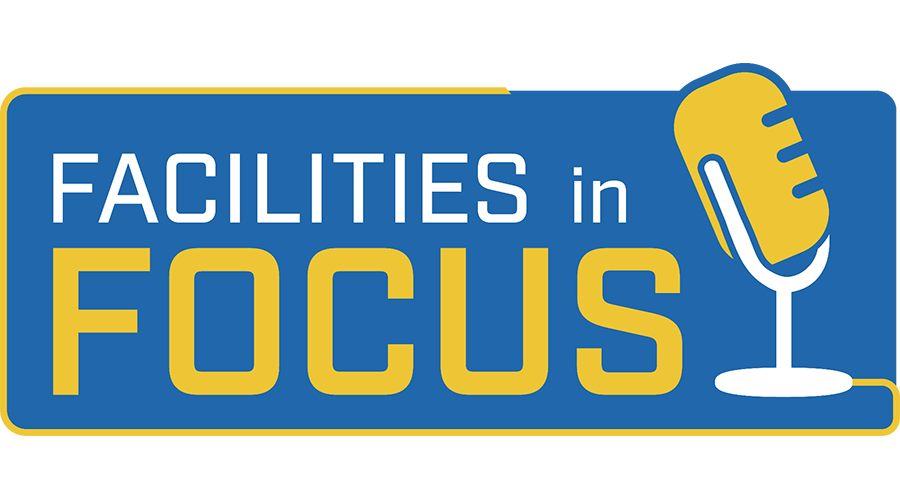 Chris Kopach, assistant vice president, facilities management, University of Arizona Laurie DeWitt
Chris Kopach, assistant vice president, facilities management, University of Arizona Laurie DeWittActive Energy Management Gives FMs a Leg-Up on Efficiency
At the University of Arizona, Chris Kopach manages a massive portfolio (11 million square feet!) with energy data and targeted analytics.
Surrounded by canyons, mountains, forests, national parks, and rugged desert, the University of Arizona’s Tucson campus is one of the more scenic in the country. But it’s what goes on behind these scenes that’s really elegant.
Christopher Kopach, assistant vice president, facility management, and his team of nearly 600 souls have built a sophisticated system of sensors, meters, software, and analytics that allows them to take nearly all the guess work out of their facilities operation. All told, Kopach and his team monitor in real-time about 10,000 data points in the campus’s 267 buildings (comprising about 11 million square feet), as well as about 6.5 miles of tunnels below the campus. That’s a lot of data, but Kopach says active energy management and monitoring always trumps reactive.
“I’ve been doing this for 36 years now,” says Kopach, who has been at U of A since 2010. “Things have transformed so much. We have so much data at our fingertips. But what are the key pieces of information and what is just noise? Can we harness our information to make real-time decisions?”
In the past at U of A, there was too much estimating involved in facility management, and accuracy suffered. For instance, customers — other organizations on campus, like individual residence halls, bookstores, and medical facilities — weren’t billed out correctly for utility costs. No one knew when equipment was using more energy than it should have been or if equipment was malfunctioning. What’s more, if a technician with knowledge of a piece of malfunctioning piece of equipment left the organization, the rest of the staff were left scrambling to re-learn what would set that equipment right.
It wasn’t a sustainable way to do facility management, says Kopach. That’s especially true given that in the past 10 years, the facilities organization has had to cut about $10 million from its budget. But with this system of active energy management and data monitoring, since 2012, Kopach says they’ve driven down utility costs between $1.5 and $2 million every year. The campus’s utility costs now are lower than they were 10 years ago, he says, despite more students and more buildings, and the costs for the software, meters, personnel, consulting fees, and other expenses have been paid back many times over.
Data drowning?
In the early days of active energy management, Kopach says he and his team suffered a problem well-familiar to many FMs — too much data. “We had to move past ‘data drowning’ and get to a point where we collect and sort the critical information in real time,” he says. “If data doesn’t have a direct correlation to improving our operations, then it’s not important.”
In 2010, Kopach created a metering team whose charge would be to get its arms around the sheer volume of data. The campus includes 22 chiller plants, two cogen turbines that generate 33 percent of the campus energy, and 300 ice-storage tanks, among thousands of other critical pieces of equipment that, when meters were installed in 2008, began divulging vast amounts of data. An iterative process and collaboration with vendors and consultants resulted in algorithms that allowed Kopach and his team to get its arms around what was important and what wasn’t.
Part of this process involved developing alarming and fault detection that worked in the real world. “When we started alarming our meters, we erred on the side of too many alarms,” says Kevin Williams, assistant director of IT in the facility management department. “Over time, we developed sophisticated enough alarms so that we can pinpoint if there’s an issue. Not all alarms are created equal, and we need to prioritize our alarms.” It took a bit of doing, and it’s different for every meter, facility, or piece of equipment, but now Williams says they’ve been able to narrow down their alarms to be “fairly accurate” about what the alarms are reporting, to avoid false alarms, and to simply not spend more time responding to questionably useful alarms than actively monitoring and analyzing data. This process of paring down alarms is a critical step in any active energy management process, say Williams and Kopach.
Williams mentions a few examples of how the fault detection system helped root out problems that otherwise would’ve resulted in utility waste. In one building, steam usage was much higher than it should’ve been. An investigation revealed a control valve stuck open so that building was being simultaneously heated and cooled. A simple fix resulted in huge savings. In another case, chilled water was continuously circulating through a failed coil — this issue was discovered through an alert that the delta T between return and supply of the chilled water was too low. Fixing the failed coil solved the problem, saving energy.
Related Topics:















